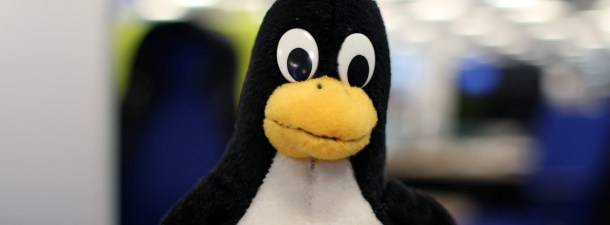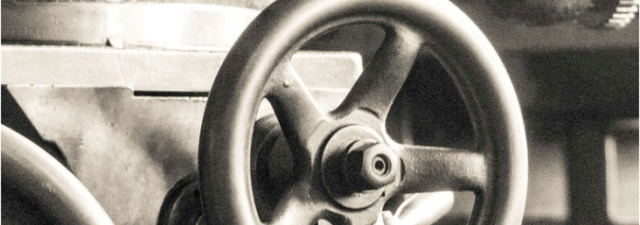We show you step by step how to install Linux on your PC in the simplest way possible. You just need a bit of time and a flash drive.
Linux is a great alternative for your computer if you’ve grown tired of Windows, if you want to try something new or if you have an old PC with limited resources which may work better with a distribution instead of something like the old XP, which no longer has any support and puts your security at risk.
Installing a Linux distribution is much more straightforward than you might think. You don’t need much, nor do you have to study manuals for hours. If you follow the steps we list below you’ll be able to do it by yourself without too much effort and without causing yourself too many headaches.
Requirements
A flash drive with at least 1GB (or a DVD, but many computers no longer have these units).
Check if you have a 32-bit or 64-bit system. The easiest way of doing so is to examine how much RAM memory you have via System Properties. If you have more than 2GB your system is sure to have 64 bits.
Choose a distribution and download the ISO file. I recommend Elementary OS Freya or the old Ubuntu.
Download a tool to create the boot disk. I recommend YUMI or UNetbootin.
Creating the boot disk
Run YUMI or UNetbootin and follow the instructions to create the boot disk. You just need to connect the flash drive to your PC, run the tool you’ve chosen, select elementary OS or Ubuntu from the list of distributions (depending on which one you downloaded), choose the downloaded ISO file and let the rest manage itself.
When the process ends, restart the computer to boot from the USB drive you’ve just created.
Booting options
Once you’ve rebooted you should keep an eye on the screen which is displayed before Windows starts. Try pressing the F2, F12, Delete or Esc keys just before the system starts up to access the boot menu. This menu varies, depending on the brand of the computer, but the goal is always the same: to let you choose to boot from the USB drive instead of from your hard drive so that you can install the new system.
Remember that this process will delete all the other data from your PC, so you must be well-prepared and back up your data.
Installing the distribution
The rest of the process is all very straightforward. Once you boot your system from the USB drive you just have to follow the instructions to begin the installation.
Select your language and press the “Install” button. The program will check the resources on your PC and it will detect whether you are connected to the Internet and whether you have enough disk space to install the system.
Remember to tick the “Install third-party software” box, which will enable you to play video and audio files with proprietary formats.
Although you could create partitions and have a dual boot, this tutorial just teaches you the basics, so you should choose the “Delete disk and install elementary” option.
Now you need to choose your time zone, the language for your keyboard, a user name, a name for your PC and a password. Then just wait for the process to end and, when you restart, you will be ready to use your new operating system.









